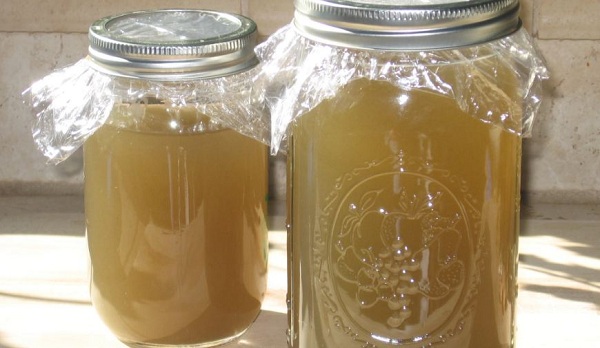The importance of handling lye safely cannot be emphasized enough.
If you choose to do this project, please make sure you protect yourself and any surfaces that the mixture can come in contact with!
Getting started:
Utensils
Large pot that is either stainless steel, glass or has a porcelain coating. Lye water will corrode aluminum.
• Long handle wooden spoon
• Wooden or plastic ladle
• Large glass jar
• Coffee filters, loose weave muslin or cheesecloth
• Rubber band
• Wooden skewer, chopstick, popsicle stick or something similar and a marking pen
• A raw eggIngredients
• Hardwood ashes
• Water1. In a well ventilated area, put the ashes and water into the pot and bring it up to a boil. You will need to stir almost continually. It’s important to stir carefully and not slosh the lye water. It’s not in near full strength form yet, but is still something to be respected. Once it reaches boiling, turn off the heat and let it sit until cool. I periodically stir mine while it’s cooling, but I’m not sure if that actually helps the strength of it or not.
2. When the mixture is cool, use a ladle (wooden or plastic) to carefully dip out the water in the top of the pot. Take care not to disturb the settled ashes too much and you won’t have a ton of junk to strain out later.
3. Place your coffee filter, muslin or cheesecloth over the mouth of a large jar (I use a gallon jar) and secure it with the rubber band. Make sure you have a significant amount of the filter hanging down inside the jar. Carefully ladle the lye water into the jar. You will have to ladle it instead of pouring because it will take a while to seep through, especially if using a coffee filter or piece of muslin.
4. Once you’ve filtered all the lye water and discarded the left over ash, rinse the pot out well and put the filtered lye water back in.
5. Using the stick, mark the height of the water, then mark a 1/2 way point and a 1/4 way point. You will need these markings to know when to test the strength of the lye.6. Simmer the lye water to reduce it, periodically checking the level with your marked stick. Once the water has been reduced to 1/4, carefully dip out a couple of cups and let it cool. Once the lye water is cool, use your stirring spoon to place the raw egg into the lye water. If the lye is the correct strength, the egg will float enough to have a quarter size spot of it above the water line.
In a long-term survival situation, stuff we take for granted, like commercially manufactured soap, will eventually become rare or even disappear.
If that happens, making our own soap will be our only option and for that, you need lye; making your own lye is simple, but you have to follow the directions.
To learn more about making and using lye, check out Live the Old Way.
Featured Image via Live the Old Way
